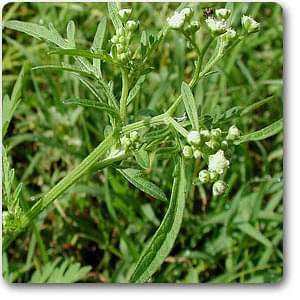
Parthenium hysterophorus - Plant
(MRP Inclusive of all taxes)
- Shipping ₹79 for entire order
- Dispatch in 7 days
- Country of origin: India

(MRP Inclusive of all taxes)
 Save 29%
Save 29%
Air Purifier Money Plant with Pot The Air Purifier Money Plant, also known as Pothos or Epipremnum aureum, is a stunning indoor plant that...
View full details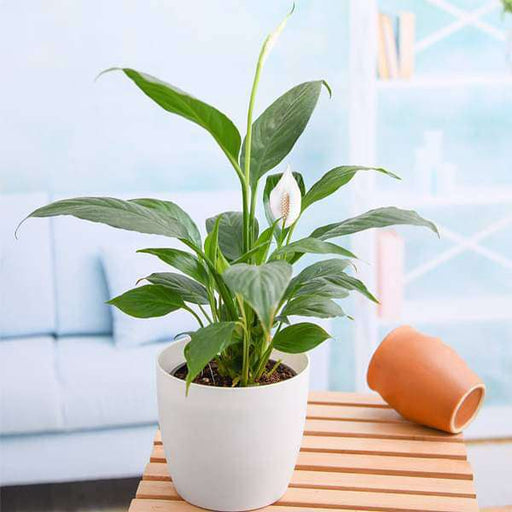
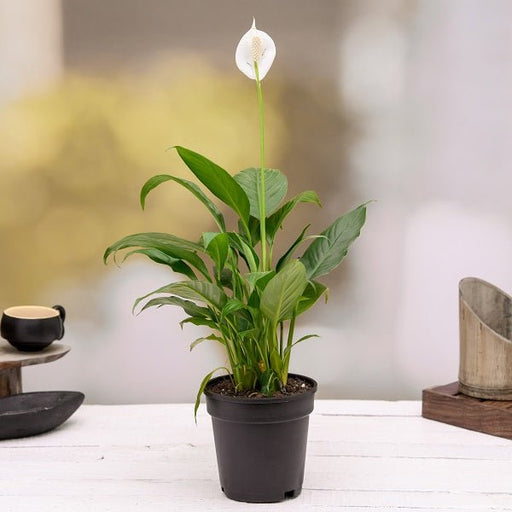 Save up to 15%
Save up to 15%
Peace Lily, Spathiphyllum - Plant The Peace Lily, scientifically known as Spathiphyllum, is a stunning houseplant celebrated for its elegant white...
View full details
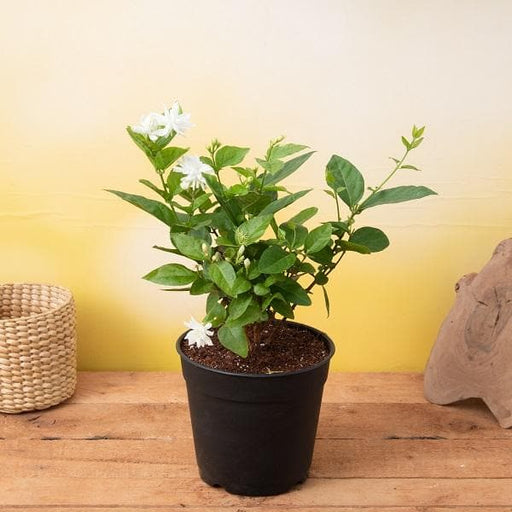 Save 25%
Save 25%
Jasminum sambac, Mogra, Arabian Jasmine - Plant Jasminum sambac, commonly known as Mogra or Arabian Jasmine, is a fragrant flowering plant...
View full details
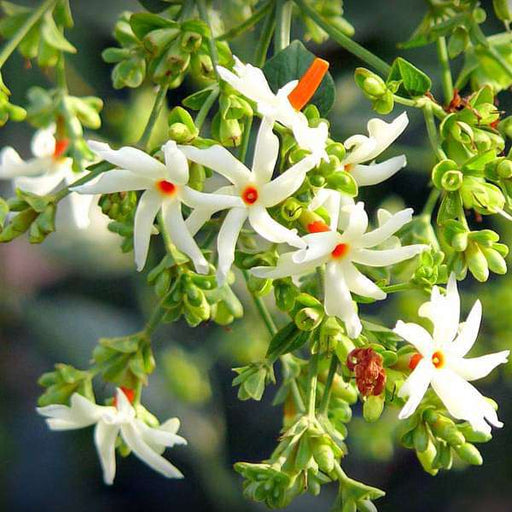 Save 18%
Save 18%
Combo Constituents Includes the Parijat Tree (Night-Flowering Jasmine), a culturally significant plant with fragrant flowers. Description The Pari...
View full details
 Save 25%
Save 25%
Miniature Rose, Button Rose (Any Color) - Plant The Miniature Rose, also known as the Button Rose, is a charming and compact flowering plant that ...
View full details Save 25%
Save 25%
Damascus Rose, Scented Rose (Any Color) - Plant The Damascus Rose, also known as Rosa damascena, is a timeless symbol of beauty and romanc...
View full details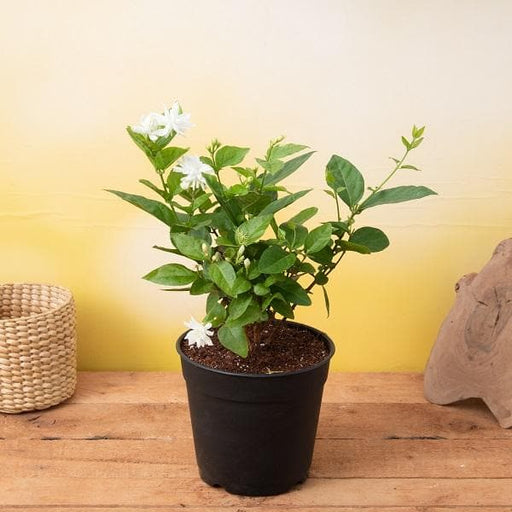
 Save 17%
Save 17%
Beautiful Fragrant Mogra, Arabian Jasmine Plant with Pot The Beautiful Fragrant Mogra, also known as Arabian Jasmine (Jasminum sambac), is...
View full details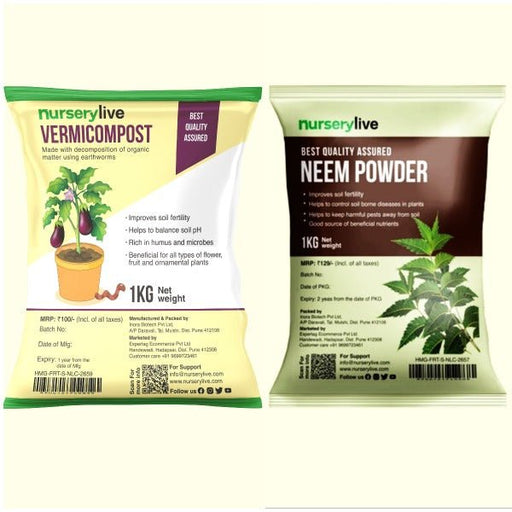 Save 15%
Save 15%
Pack of Vermicompost and Neem Cake for House Plants Transform your indoor garden with our premium Pack of Vermicompost and Neem Cake, spec...
View full details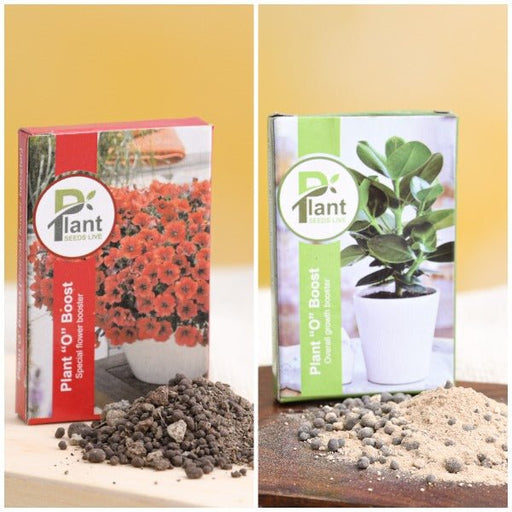
Pack of Plant Growth and Flower Boosters Unlock the full potential of your garden with our Pack of Plant Growth and Flower Boosters! This ...
View full details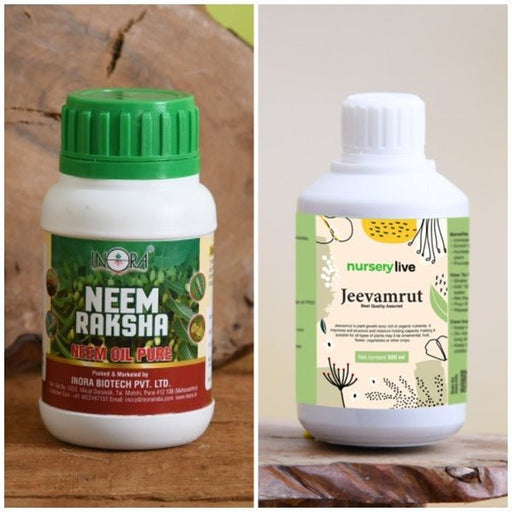 Save 38%
Save 38%
Combo of Jeevamrut and Neem Raksha for Easy Growth and Protection of Houseplants Transform your indoor garden with our exclusive combo of ...
View full details Save 22%
Save 22%
Plant Nutrients Kit (Pack of 16) for a Healthy Garden Transform your garden into a lush paradise with our Plant Nutrients Kit, featuring 1...
View full details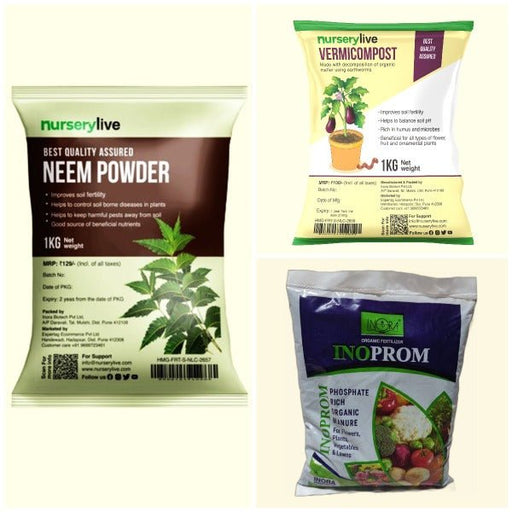 Save 16%
Save 16%
Combo of Top Plant Fertilizers Elevate your gardening game with our exclusive Combo of Top Plant Fertilizers, featuring two bags of premiu...
View full details Save 24%
Save 24%
Pack of 4 Additives to Make Soil Healthy and Nutrient Rich Transform your garden into a thriving ecosystem with our Pack of 4 Additives de...
View full details Save 30%
Save 30%
Transform your gardening experience with our premium Combo of Perlite and Vermiculite. This unique blend is designed to enhance soil aeration and ...
View full details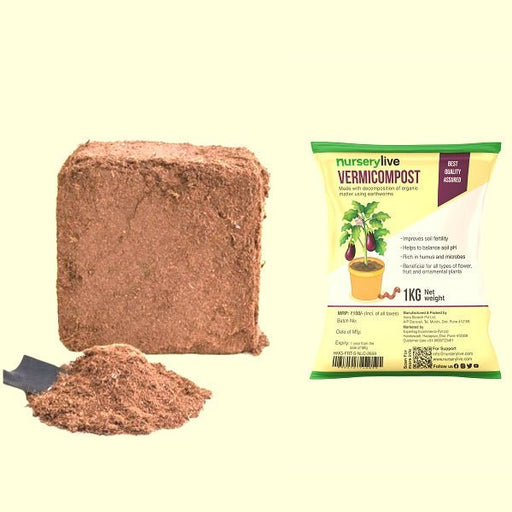 Save 27%
Save 27%
Combo of 2 Vermicompost and Cocopeat - Enrich Your Soil Naturally! Transform your garden into a thriving ecosystem with our Combo of 2 Ver...
View full details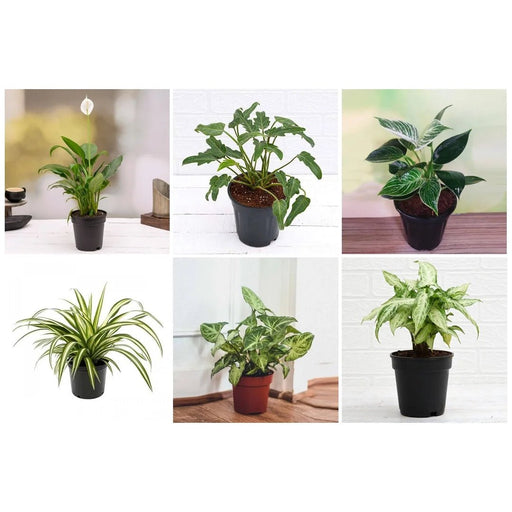
 Save 35%
Save 35%
Best 6 Plants for Perfect Indoor Garden Transform your living space into a lush oasis with our curated collection of the Best 6 Plants for a...
View full details
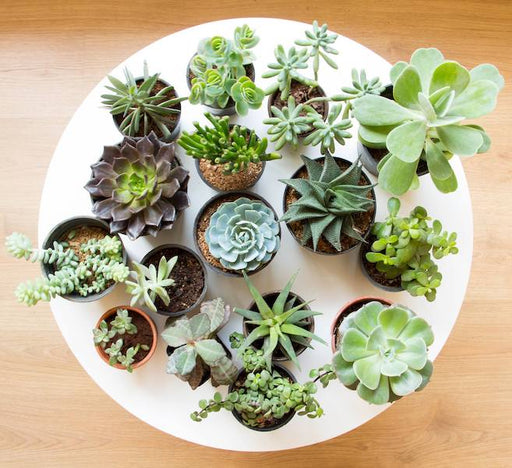 Save up to 50%
Save up to 50%
Mini Succulent Garden Pack Transform your space with our Mini Succulent Garden Pack, featuring a delightful collection of 4 any variety beautiful s...
View full details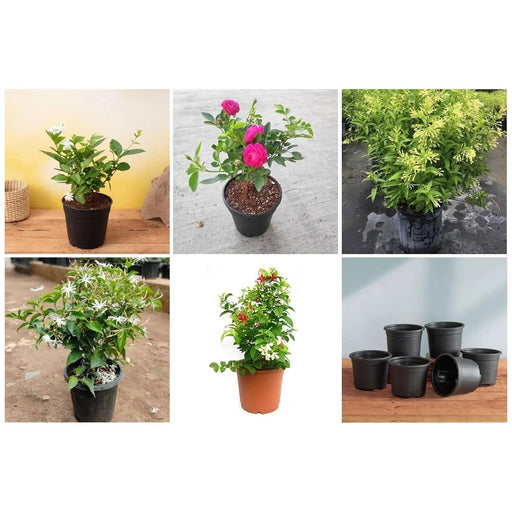
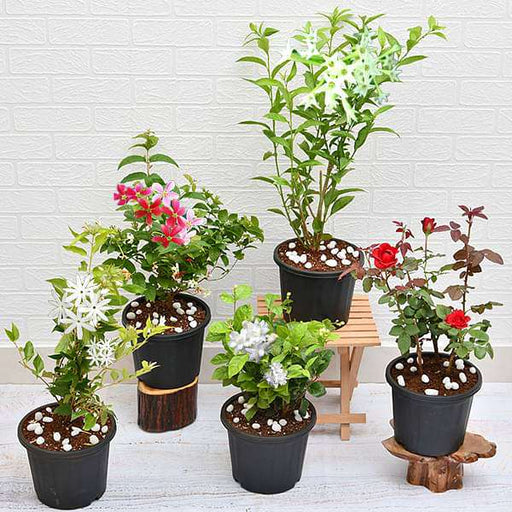 Save 30%
Save 30%
5 Best Fragrant Plants Transform your garden or indoor space into a fragrant paradise with our curated selection of the 5 Best Fragrant Plants. Th...
View full details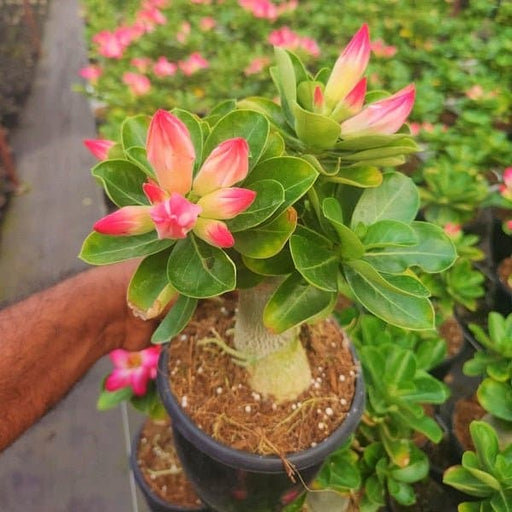
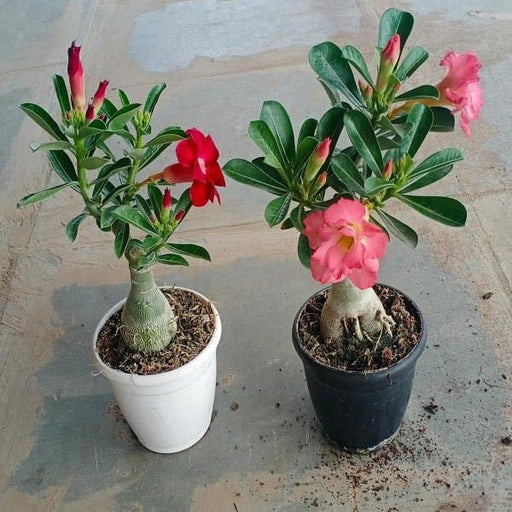 Save 24%
Save 24%
Set of 2 Bonsai Looking Grafted Adeniums Transform your indoor or outdoor space with our exquisite Set of 2 Bonsai Looking Grafted Adenium...
View full details Save 45%
Save 45%
Top 4 Die Hard Succulents Pack Transform your indoor or outdoor space with our Top 4 Die Hard Succulents Pack, featuring a curated selecti...
View full details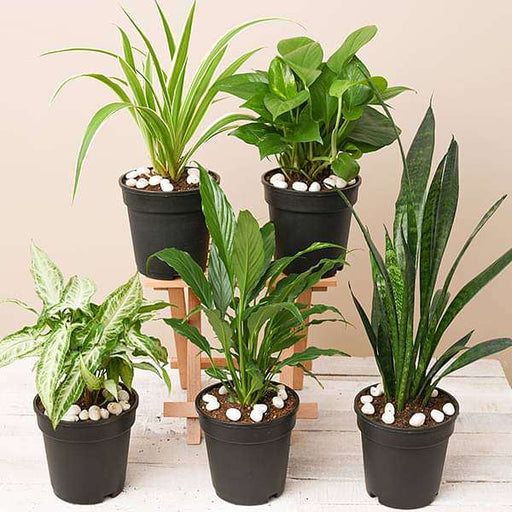
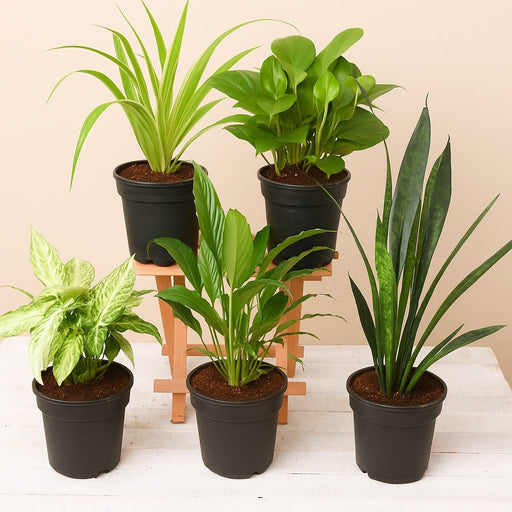 Save 30%
Save 30%
5 Best Indoor Plants Pack Transform your living space into a lush oasis with our '5 Best Indoor Plants Pack.' This carefully curated collection fe...
View full details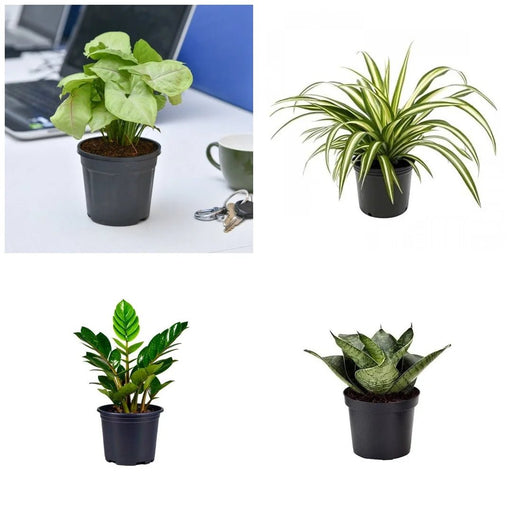
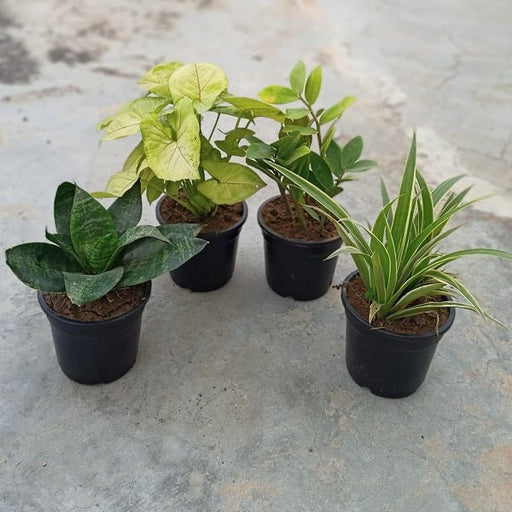 Save 25%
Save 25%
Set of 4 Evergreen Air Purifier Plant Pack Transform your indoor space into a lush, green oasis with our Set of 4 Evergreen Air Purifier Pla...
View full details| SrNo | Item Name |
|---|---|
| 1 | Parthenium hysterophorus - Plant |
Parthenium hysterophorus, commonly known as Congress Grass or Carrot Grass, is a perennial herb native to the Americas but has spread to various parts of the world. This fast-growing plant is characterized by its feathery leaves and small white flowers, making it a unique addition to any garden. However, it is essential to note that while it may be visually appealing, it is often considered an invasive species due to its rapid growth and ability to outcompete native flora.
What makes Parthenium hysterophorus special is its adaptability to various environmental conditions, thriving in poor soils and drought-prone areas. This resilience allows it to flourish in disturbed habitats, making it a subject of interest for ecological studies. Its historical use in traditional medicine for treating various ailments adds to its significance, although caution is advised due to its potential allergenic properties.
One of the standout features of Parthenium hysterophorus is its ability to produce allelopathic chemicals that inhibit the growth of surrounding plants. This characteristic, while detrimental to biodiversity, has sparked research into its potential applications in agriculture and pest management.
While Parthenium hysterophorus has beneficial uses, it poses significant threats to biodiversity. Its invasive nature can lead to the decline of native plant species, disrupting local ecosystems. Efforts to manage its spread are crucial to maintaining ecological balance.
Ah, the infamous Parthenium hysterophorus, also known as the "crazy weed." But don’t let its reputation fool you! This plant is a multitasker, offering benefits like soil improvement and erosion control. It’s like that overachieving friend who can do it all—just without the social skills. While it can be invasive, it also attracts beneficial insects, making it a mixed bag of ecological surprises.
Controlling Parthenium hysterophorus is like trying to tame a wild stallion. You can use mechanical methods, herbicides, or even biological control with natural predators. Think of it as a game of chess where you’re always one move behind. But with persistence and strategy, you can outsmart this tenacious plant and reclaim your garden.
This plant thrives in disturbed areas, making it the ultimate opportunist. It loves to crash parties in fields, roadsides, and even your backyard. If there’s a bare patch of soil, you can bet Parthenium will be the first to RSVP. It’s like that friend who shows up uninvited but somehow makes the party more interesting.
As an invasive species, Parthenium hysterophorus is the life of the party—too much of a good thing, really. It spreads like gossip in a small town, taking over native plants and disrupting ecosystems. While it may look charming, it’s the botanical equivalent of a party crasher, and it’s best to keep it in check.
Surprisingly, this pesky plant has some medicinal tricks up its sleeve. Traditional medicine has used it for ailments like fever and skin issues. It’s like that quirky relative who surprises you with their hidden talents. Just remember, while it has potential, consult a professional before turning your garden weed into a home remedy.
Identifying Parthenium hysterophorus is like playing a game of “Where’s Waldo?” with plants. Look for its distinctive white flowers and jagged leaves. It’s not shy about standing out, so once you know what to look for, you’ll spot it faster than a celebrity in a coffee shop.
While it may not win any biodiversity awards, Parthenium hysterophorus does play a role in its ecosystem. It can provide food for certain insects, but it’s a double-edged sword. It’s like inviting a friend who brings their own snacks but eats all your chips.
This plant can actually improve soil health by adding organic matter. It’s like that friend who cleans up after the party, leaving the place better than they found it. However, its aggressive growth can also lead to soil depletion, so it’s a bit of a mixed blessing.
Farmers often see Parthenium hysterophorus as the uninvited guest that overstays its welcome. It competes with crops for nutrients and water, making it a nuisance. But with proper management, it can be kept at bay, allowing farmers to focus on their actual guests—the crops!
This resilient plant is like the cockroach of the plant world—it can survive just about anything, including climate change. Its ability to thrive in various conditions makes it a formidable opponent in the battle against changing climates. It’s a reminder that nature has its own plans, whether we like it or not.
While it may not be the most popular plant among wildlife, Parthenium hysterophorus does provide some food and habitat for certain species. It’s like that one friend who’s not everyone’s cup of tea but still has a few loyal fans. Just don’t expect it to win any popularity contests in the animal kingdom.
This plant can be a double-edged sword for human health. While it has medicinal properties, it can also cause allergic reactions in some people. It’s like that spicy dish that’s delicious but might leave you reaching for the antacids. Always approach with caution!
Parthenium hysterophorus, also known as Congress grass, is a pesky little plant that loves to crash parties. Originating from the Americas, it’s now a global guest, often uninvited. This perennial weed is notorious for its rapid growth and ability to outshine native flora, making it the diva of the plant world.
Parthenium hysterophorus is the ultimate overachiever in the weed department. It grows like it’s on a mission, choking out native plants and disrupting ecosystems. With its ability to thrive in poor soil and harsh conditions, it’s the plant equivalent of that friend who shows up uninvited and takes over the party.
Parthenium hysterophorus isn’t just a garden nuisance; it’s also a health hazard. Its pollen can trigger allergies, making you sneeze like you’ve just inhaled a cloud of dust. Skin contact can lead to rashes, so if you see this plant, it’s best to admire it from a distance—like a celebrity you can’t approach.
Parthenium hysterophorus is the ultimate social butterfly, spreading its seeds far and wide. It can hitch a ride on vehicles, clothing, and even animals. With a single plant producing thousands of seeds, it’s like a plant version of a viral meme—once it’s out there, it’s hard to contain!
Controlling Parthenium hysterophorus is like trying to tame a wild stallion. Mechanical removal, herbicides, and even biological control methods are in the toolbox. However, persistence is key; this plant is resilient and will keep coming back, much like that one friend who just won’t take a hint.
While some adventurous souls might consider munching on Parthenium hysterophorus, it’s best to steer clear. This plant is not on the gourmet menu and can be toxic if ingested. Think of it as the culinary equivalent of a bad date—better to avoid it than risk a regrettable experience.
Parthenium hysterophorus is a plant that knows how to pick its spots. It thrives in disturbed areas, roadsides, and agricultural fields, where it can spread its roots and take over. It’s like that friend who always finds the best spot at a concert—no matter where it is, it’s there!
Parthenium hysterophorus is the uninvited guest at the agricultural feast. It competes with crops for nutrients and water, leading to reduced yields. Farmers often find themselves battling this weed, which can turn a bountiful harvest into a disappointing one—like expecting a five-star meal and getting fast food instead.
Parthenium hysterophorus is a master disruptor in ecosystems. It outcompetes native plants, reducing biodiversity and altering habitats. This plant doesn’t just crash the party; it rearranges the furniture and changes the playlist, leaving native species struggling to find their groove.
While some claim Parthenium hysterophorus has medicinal properties, it’s a bit of a mixed bag. Some traditional uses exist, but the potential for allergic reactions and toxicity makes it a risky choice. It’s like trying to use a jack-of-all-trades tool—sometimes it works, but often it’s just a headache.
Parthenium hysterophorus is a tall, bushy plant with feathery leaves and small white flowers that scream, “Look at me!” It can grow up to 1.2 meters tall and has a knack for thriving in poor soil. Its charming appearance belies its invasive nature, making it the ultimate plant paradox.
Identifying Parthenium hysterophorus is like spotting a celebrity in a crowd. Look for its jagged, feathery leaves and clusters of small white flowers. The plant often has a distinctive aroma, which can be a giveaway. Just remember, if it looks like trouble, it probably is—best to keep your distance!